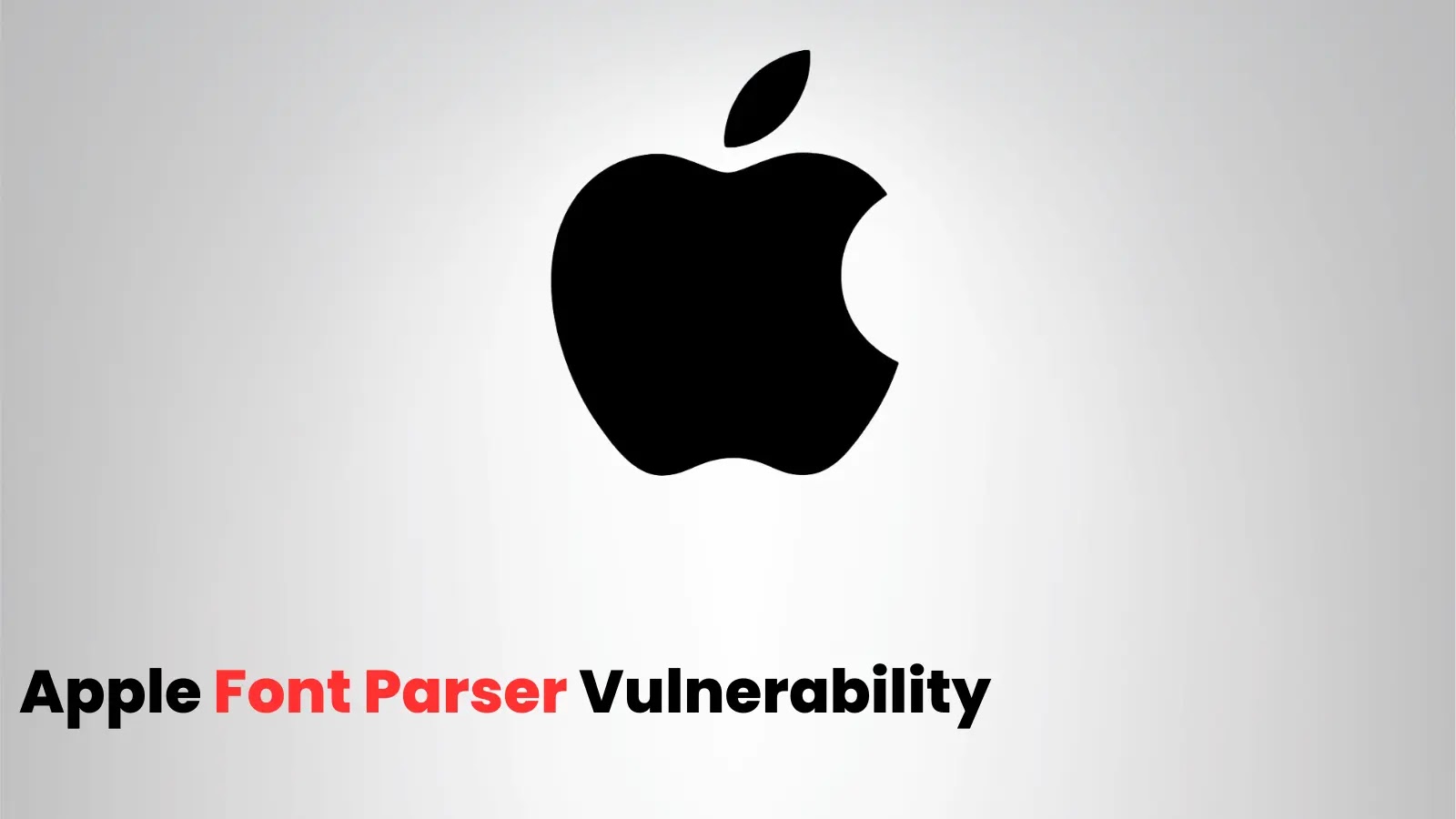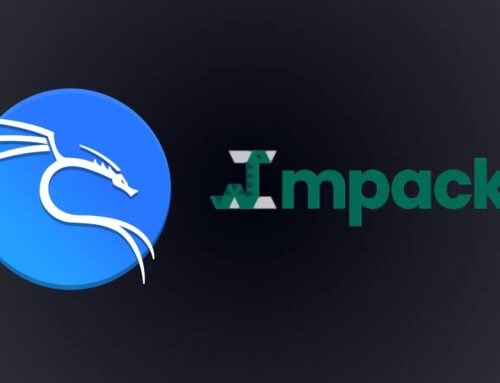
Apple Font Parser Vulnerability Enables Malicious Fonts to Crash or Corrupt Process Memory
Unmasking the Threat: Apple’s Font Parser Vulnerability
A recent critical security alert from Apple has sent ripples through the cybersecurity community. A vulnerability residing within the Font Parser component of their operating systems could allow attackers to maliciously craft fonts, leading to application crashes or, more severely, corruption of process memory. This isn’t a mere inconvenience; it represents a significant risk to data integrity and system stability across a wide array of Apple products.
Understanding CVE-2025-43400: The Malicious Font Flaw
The vulnerability, officially identified as CVE-2025-43400, stems from how Apple’s operating systems process font files. Fundamentally, a font parser is responsible for interpreting the complex data within a font file to render text correctly on a screen. If this parser contains flaws, a specially crafted, malicious font file can exploit those weaknesses. In this instance, the exploitation could result in denial-of-service conditions (crashing applications) or the more dangerous prospect of arbitrary code execution through memory corruption.
This vulnerability impacts a broad spectrum of Apple’s ecosystem, extending far beyond the latest releases. Systems confirmed to be affected include the recently launched macOS Tahoe and iOS 26, indicating that even cutting-edge platforms are susceptible. Furthermore, the advisory explicitly mentions that older versions of these operating systems are also in scope, highlighting the pervasive nature of this flaw across generations of Apple hardware and software.
The Mechanics of a Font-Based Attack
An attacker leveraging CVE-2025-43400 wouldn’t need direct access to a target system in most scenarios. The attack vector could be as simple as tricking a user into opening a document (PDF, Word, etc.) or visiting a webpage that embeds the malicious font. When the operating system attempts to parse this font for display, the vulnerability is triggered. The consequences could range from a seemingly innocuous application crash to a more insidious memory corruption that an attacker could potentially chain with other exploits to achieve full system compromise.
Affected Products and Scope
While the initial announcement specifically names macOS Tahoe and iOS 26, the statement “as well as older” implies a much wider reach. IT professionals and users running any version of macOS, iOS, iPadOS, tvOS, and watchOS should assume their systems are potentially vulnerable until verified with the latest security updates. This broad impact underscores the necessity of a swift and comprehensive patching strategy.
Remediation Actions: Securing Your Apple Devices
The good news is that Apple has already taken proactive steps to mitigate CVE-2025-43400. Users and organizations must prioritize the application of these updates immediately.
- Update All Apple Devices: Ensure all macOS, iOS, iPadOS, tvOS, and watchOS devices are updated to the latest available security patches. Apple typically bundles these fixes into their regular software updates.
- Enable Automatic Updates: For individual users, enabling automatic updates helps ensure timely patching. For enterprise environments, establishing a robust patch management policy is critical.
- Exercise Caution with Untrusted Sources: Be wary of opening documents, emails, or visiting websites from unknown or suspicious senders, especially those that request the download or installation of custom fonts.
- Educate Users: Inform employees and users about the risks associated with unexpected or unofficial font files and the importance of only using trusted sources.
Security Tools for Enhanced Protection
While direct patching is the primary defense, certain security tools can offer additional layers of protection by identifying suspicious files or monitoring system behavior.
| Tool Name | Purpose | Link |
|---|---|---|
| Endpoint Detection & Response (EDR) Solutions | Monitors endpoints for suspicious activity, including unexpected application crashes or memory access patterns. | (Vendor Specific – e.g., CrowdStrike, SentinelOne) |
| Content Disarm and Reconstruction (CDR) | Strips potentially malicious content, including embedded fonts, from documents before they reach end-users. | (Vendor Specific – e.g., Votiro, OPSWAT) |
| Threat Intelligence Platforms | Provides insights into new and emerging threats, including indicators of compromise related to font-based attacks. | (Vendor Specific – e.g., Mandiant Threat Intelligence) |
| Vulnerability Scanners | Identifies unpatched operating systems and applications within an environment. | (Vendor Specific – e.g., Tenable Nessus, Qualys) |
Conclusion
The discovery and subsequent patching of CVE-2025-43400 serve as a potent reminder that vulnerabilities can exist in seemingly innocuous components like font parsers. For IT professionals and individual users alike, maintaining a disciplined approach to software updates is non-negotiable. Timely application of Apple’s security patches will effectively close this critical attack vector, safeguarding devices against potential crashes and memory corruption. Staying informed and proactive remains the best defense against evolving digital threats.





